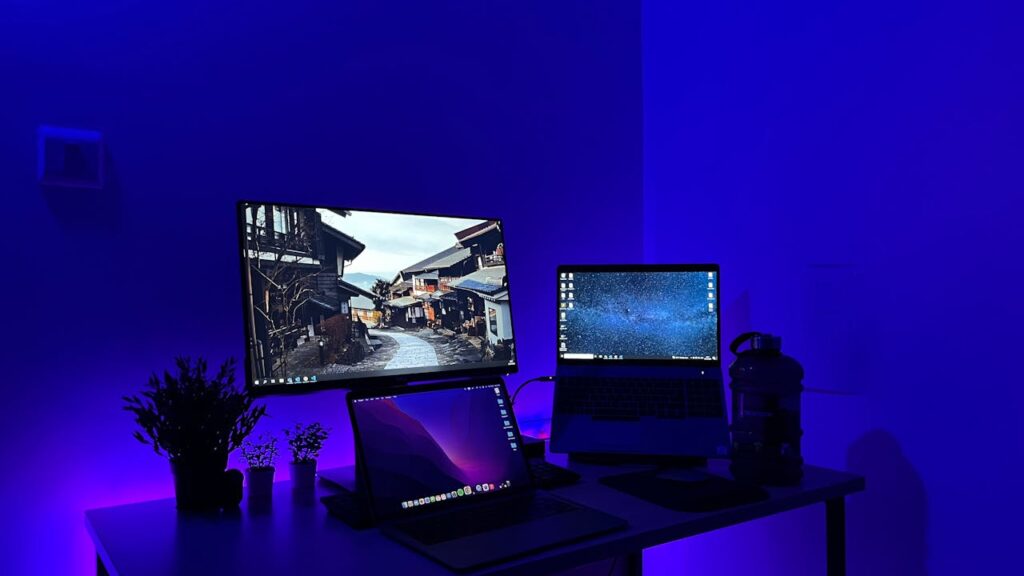Creating a home theatre system can transform your living space into a cinematic paradise. With the latest technology available, you can enjoy a movie experience that rivals going to the cinema. This article explores the crucial components needed to build a state-of-the-art home theatre system, tips for integration, and how to make the most of your setup for ultimate enjoyment. Whether you’re a tech enthusiast or just looking to enhance your entertainment experience, this guide has everything you need.
In today’s fast-paced world, the way we consume media has drastically changed. Gone are the days when going out to watch a movie was the only option. Now, with advancements in technology, creating a home theater system is not just a luxury; it’s becoming a necessity for many households. Imagine immersing yourself in breathtaking visuals and crystal-clear sound from the comfort of your own couch. With the right guidance and components, you can build your dream home theater.
- What equipment do I need for a home theater system?
- You’ll typically need a television or projector, sound system, streaming device, and seating.
- How much should I expect to spend on a home theater setup?
- Costs can vary significantly based on your choices, but budget setups can start around $500, while high-end systems may exceed $5,000.
- Can I integrate smart home features into my home theater system?
- Yes! Many modern devices offer compatibility with smart home technology, allowing for voice controls and easier management.
Choosing the Right Display Technology
When it comes to the heart of your home theater, the display is paramount. You have several choices: LCD, OLED, and projectors. Each has its benefits and drawbacks depending on your space and viewing preferences.
- LCD vs. OLED:
- LCD screens are generally more affordable and bright, making them ideal for well-lit rooms. On the other hand, OLEDs provide stunning contrast and color accuracy.
- Screen Size Matters:
- Ensure your screen size complements your room’s dimensions. A larger screen can elevate your viewing experience but requires sufficient space for optimal seating distance.
- 4K and 8K Resolutions:
- Investing in a 4K or 8K display ensures you’re future-proofing your system. These resolutions deliver sharper images and are becoming standard for new content.
- Projector Selection:
- If space allows, consider a projector for a truly cinematic experience. Modern projectors can now deliver impressive picture quality, rivaling traditional displays.
Sound System Essentials
The audio aspect of a home theater is just as crucial as the visual element. An immersive sound experience can make or break your movie nights.
- Surround Sound Systems:
- Opt for a 5.1 or 7.1 surround sound system for enriched soundscapes that place you in the center of the action.
- Soundbars:
- For those with limited space, a high-quality soundbar can offer a great atmospheric experience without the need for multiple speakers.
- Subwoofers:
- Don’t forget about bass! Adding a subwoofer enhances low-frequency sounds, making explosions and music feel more powerful.
- Calibration and Placement:
- Proper speaker placement is essential. Invest time in calibrating your audio settings to achieve balanced sound throughout the room.
Integrating Streaming Services
With the rise of streaming platforms, integrating these services into your home theater has never been easier.
- Smart TVs:
- Look for a TV with built-in streaming capabilities to simplify navigation between services like Netflix, Hulu, and Disney+.
- Streaming Devices:
- If your TV lacks native apps, consider dedicated devices such as Roku, Apple TV, or Amazon Fire Stick for versatile selections.
- Subscription Plans:
- Evaluate which subscription services best suit your viewing habits and ensure you have access to your favorite shows and movies.
- Internet Connection:
- A reliable internet connection is vital for uninterrupted streaming. Consider upgrading to a higher-speed plan if necessary.
Setting Up Your Space
Creating an ideal environment for your home theater goes beyond just installing equipment. The layout and design play a significant role in the overall experience.
- Seating Arrangement:
- Arrange seats at an appropriate distance from the screen to enhance viewing angles. Opt for comfortable chairs that add to the ambiance.
- Lighting Control:
- Dimming lights or using blackout curtains can greatly improve your viewing experience by reducing glare and enhancing image quality.
- Acoustic Treatment:
- Install acoustic panels to manage sound reflections, improving audio clarity and preventing echo.
- Personal Touches:
- Decorate your home theater to reflect your personality. Movie posters, themed decor, and cozy blankets can create a welcoming atmosphere.
Maintenance and Upgrades
Your home theater system may require ongoing maintenance and occasional upgrades to keep up with emerging technologies.
- Regular Cleaning:
- Dust off your equipment regularly to maintain performance. Pay special attention to vents and fans to prevent overheating.
- Firmware Updates:
- Keep devices updated with the latest firmware to ensure smooth operation and access to new features.
- Upgrading Components:
- As technology evolves, consider upgrading specific components rather than overhauling the entire system.
- Assessing Usage:
- Regularly evaluate your usage patterns. If you’re frequently using a certain platform or component, it may be worth investing in an upgrade.
Creating a home theater system with the latest tech is an exhilarating journey that promises countless hours of entertainment. From selecting the right equipment to designing the perfect space, every detail contributes to a remarkable viewing experience. By focusing on display technology, sound system essentials, streaming integration, thoughtful space setup, and ongoing maintenance, you’ll ensure your home theater remains enjoyable for years to come. So gather your family and friends, grab some popcorn, and prepare for the ultimate cinematic adventure in your own home!










